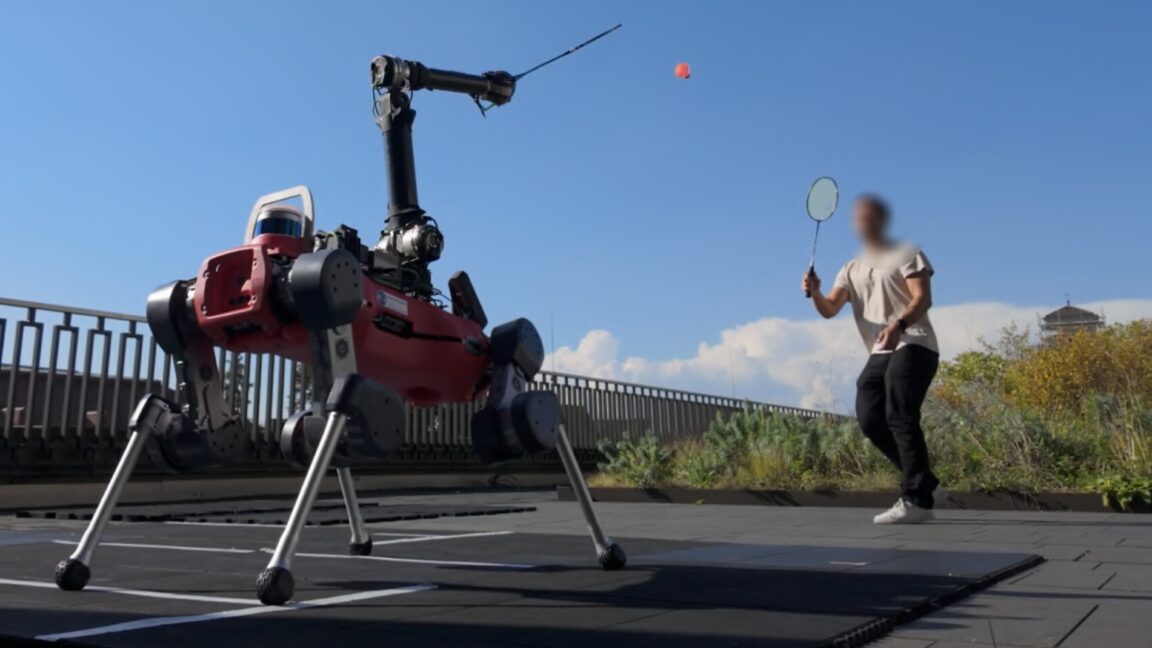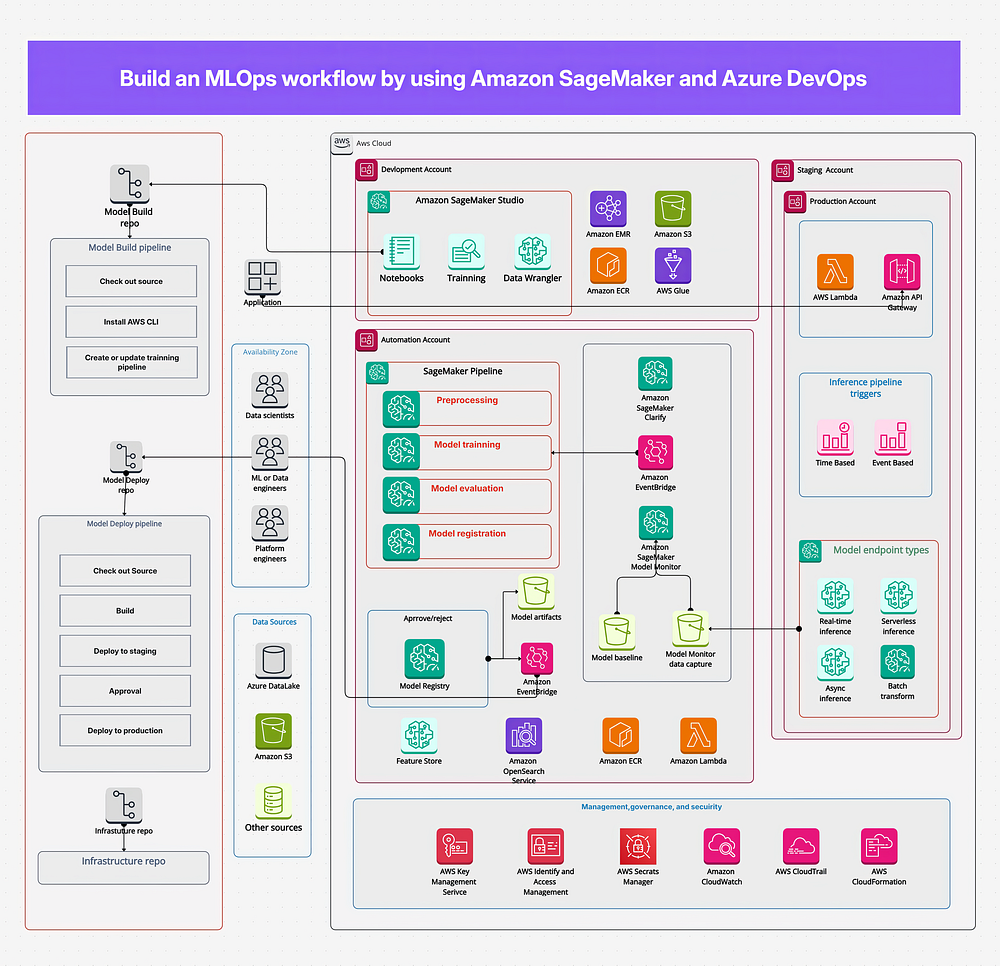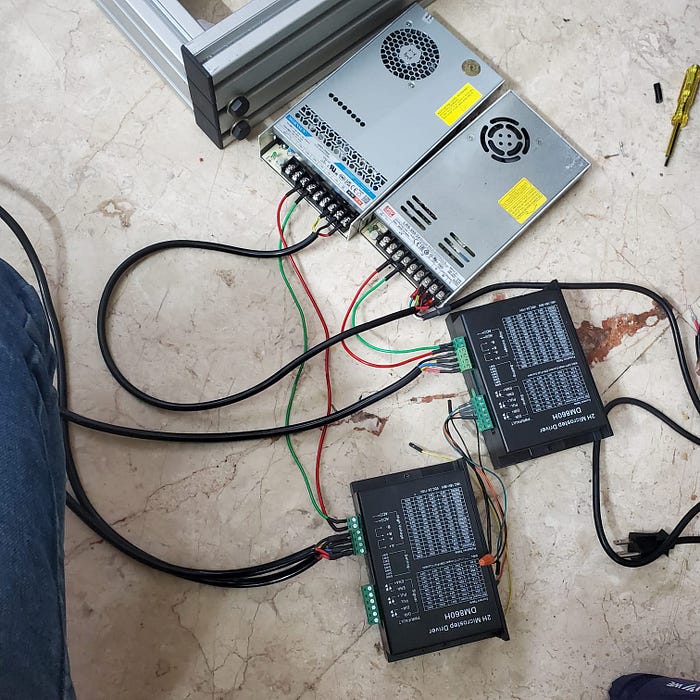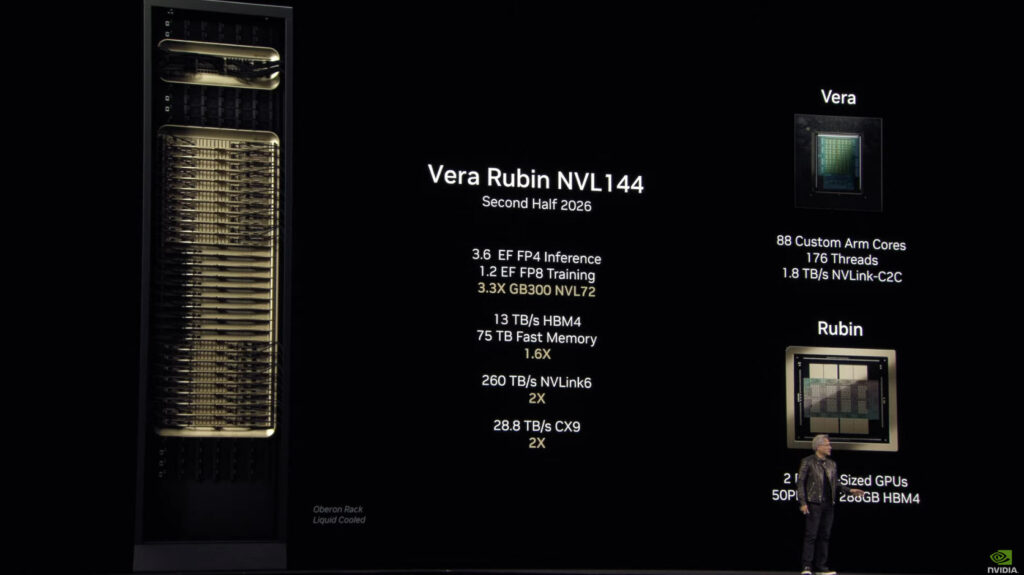Introduction to Robotics in Sports
A robot named ANYmal was trained to play badminton, and its performance was impressive, but not quite up to par with human players. The robot learned to navigate the court, hit the shuttlecock, and even avoid falls. However, when it played against humans, it became clear that ANYmal was still an amateur.
The Major Leagues
The first problem ANYmal faced was its reaction time. While an average human can react to visual stimuli in around 0.2-0.25 seconds, elite badminton players can react in as little as 0.12-0.15 seconds. ANYmal, on the other hand, needed roughly 0.35 seconds to register the trajectory of the shuttlecock and figure out what to do.
Perception Issues
Part of the problem was ANYmal’s poor eyesight. The robot used a stereo camera to localize the shuttlecock, but this introduced positioning errors. The camera also had a limited field of view, which meant the robot could only see the shuttlecock for a limited time before it had to act. As a result, ANYmal was better suited for friendly matches, and its success rate dropped significantly when the human player started to smash.
Improving ANYmal’s Performance
The team behind ANYmal has some ideas on how to improve its performance. One approach is to predict the shuttlecock’s trajectory based on the opponent’s body position, rather than waiting to see the shuttlecock itself. This technique is commonly used by elite badminton and tennis players. The team also wants to fit ANYmal with more advanced hardware, such as event cameras, which can register movement with ultra-low latencies. Other potential improvements include faster and more capable actuators.
Potential Applications
While ANYmal may not be ready for the major leagues in badminton or tennis, the training framework used to develop its skills could be useful in other applications. For example, it could be used to improve a robot’s ability to pick up objects, catch, or throw. However, as the developer noted, "Would I set up a company selling badminton-playing robots? Well, maybe not."
Conclusion
ANYmal’s performance in badminton is an impressive achievement, but it also highlights the challenges of developing robots that can compete with humans in fast-paced sports. While ANYmal may not be ready for the pros, its development has contributed to our understanding of robotics and artificial intelligence. With further improvements, robots like ANYmal could potentially be used in a variety of applications, from manufacturing to healthcare.
FAQs
- What is ANYmal?
ANYmal is a robot that was trained to play badminton. - What was ANYmal’s major limitation?
ANYmal’s major limitation was its reaction time, which was roughly 0.35 seconds. - How can ANYmal’s performance be improved?
ANYmal’s performance can be improved by predicting the shuttlecock’s trajectory, using more advanced hardware, and improving its actuators. - Is ANYmal ready for the major leagues?
No, ANYmal is not ready for the major leagues in badminton or tennis. - What are the potential applications of the training framework used to develop ANYmal?
The training framework used to develop ANYmal could be useful in applications such as picking up objects, catching, or throwing.











